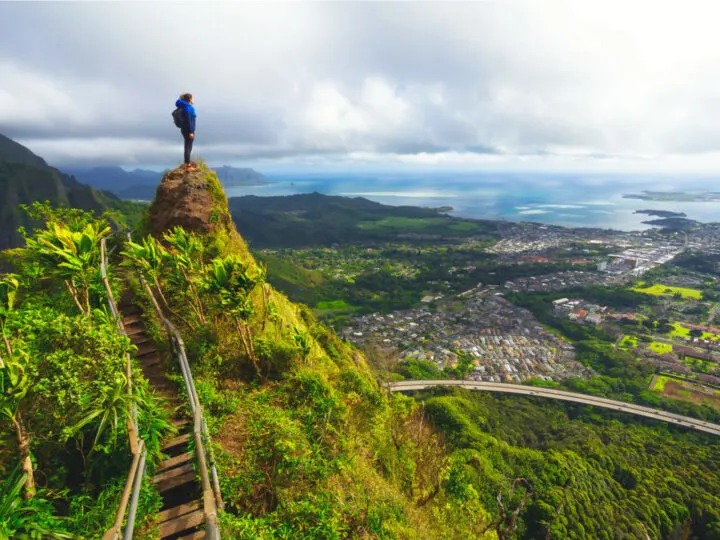Blog
The 15 Best Hikes in Hawaii in 2023
Hawaii is literally paradise for adventurous, outdoorsy people, particularly those who appreciate a great hike. While it’s tough to narrow down the best hikes in Hawaii to just 15, we know you’ll love these trails if you give them a try.
1. The Diamond Head Crater (Oʻahu)
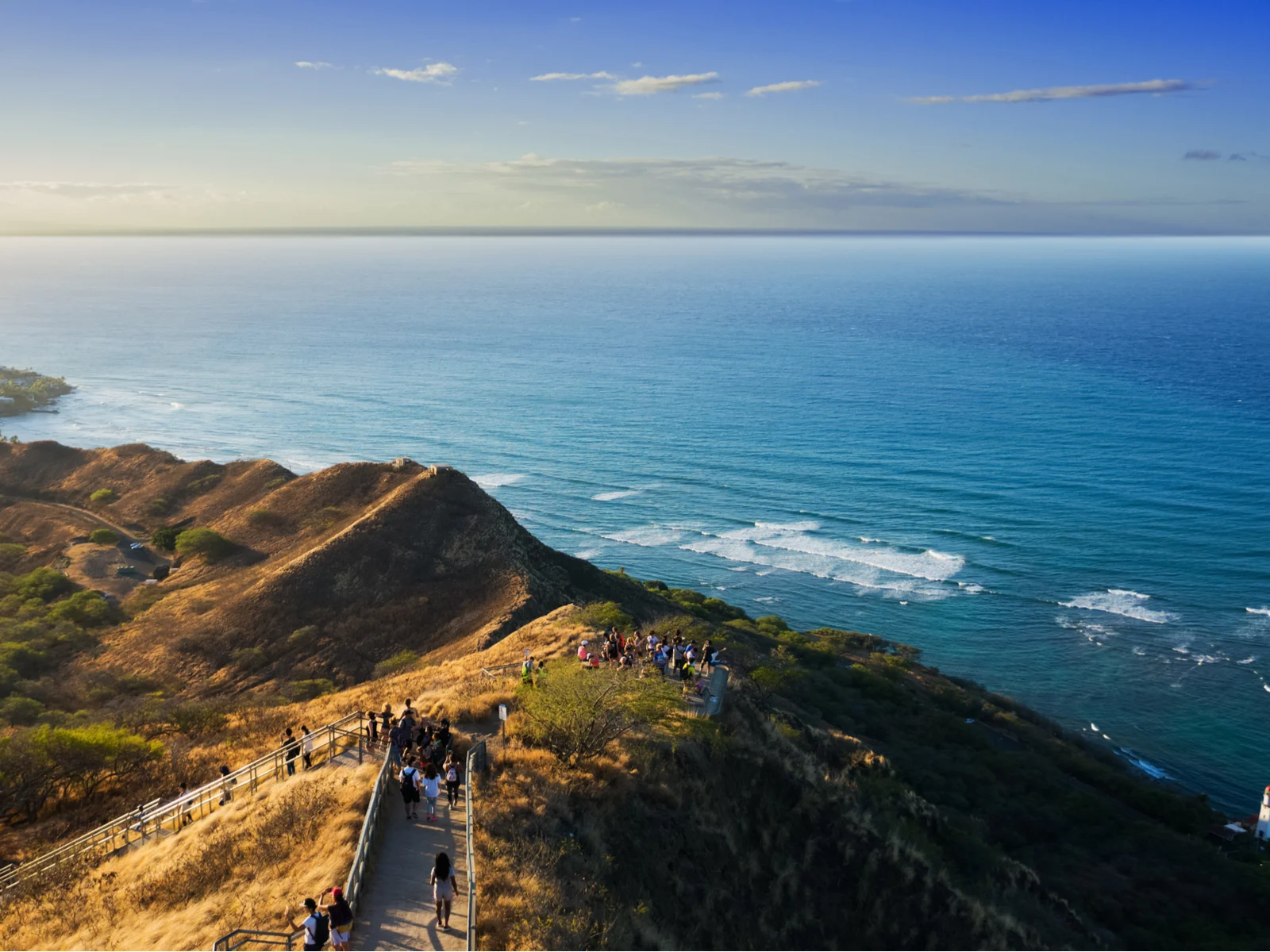
Diamond Head is located on Oahu, referred fondly as “The Gathering Place.” Diamond Head, also called Lē‘ahi, is one of the island’s most famous landmarks. If you’ve never been to Hawaii but recognize it, perhaps because it was in the 2014 film “Godzilla”!
Created by an eruption over 500,000 years ago, Diamond Head is a US national monument managed by the Hawaii Department of Land and Natural Resources State Park Division. The trail is two miles long but is very steep and includes a set of stairs.
2. Makapuʻu Point Lighthouse Trail (Oʻahu)
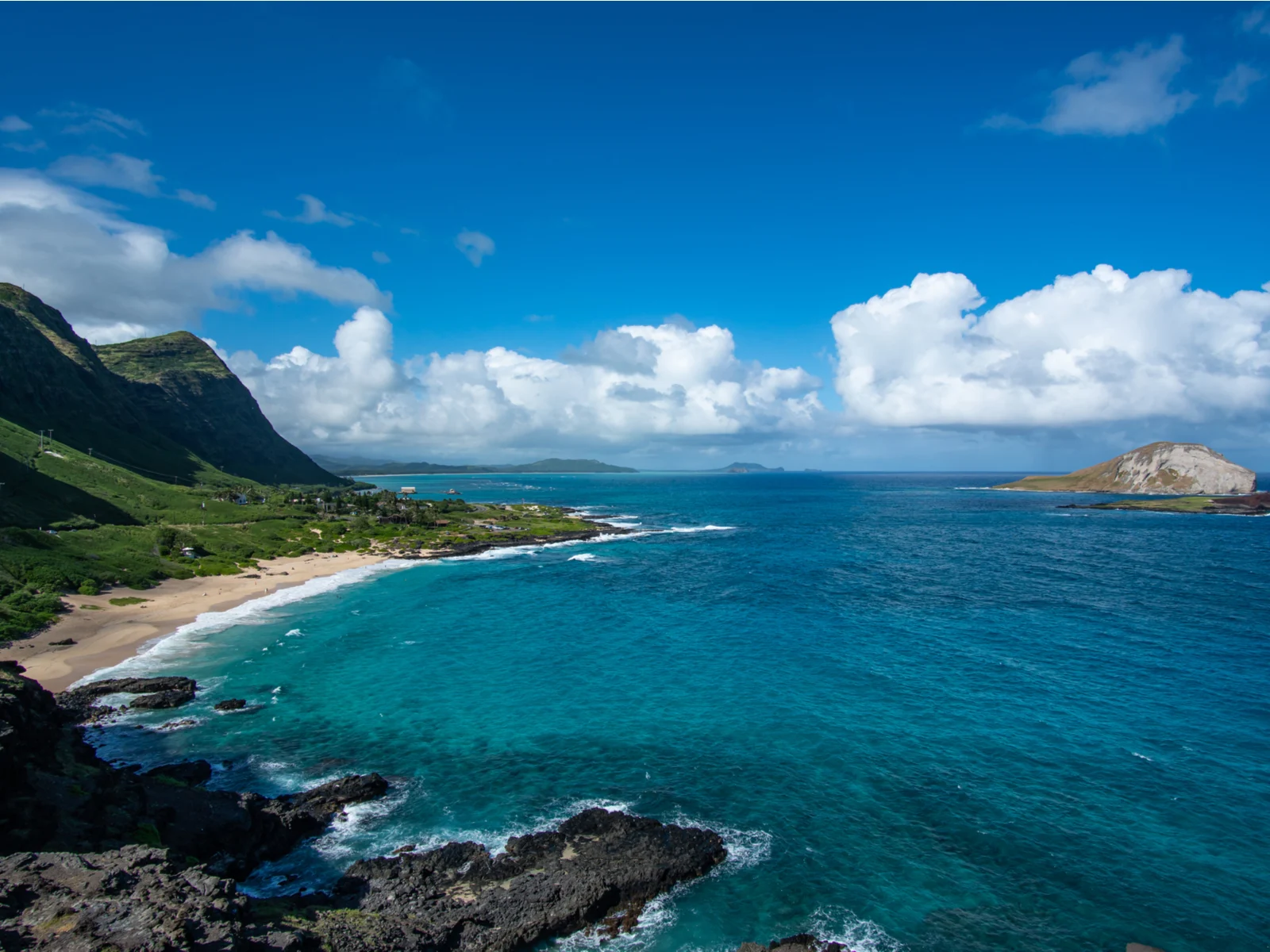
Makapuʻu Point Trail offers inspiring ocean views along the Windward Coast of Oahu. At the end of your hike, you’ll see the historic lighthouse across the way. The lighthouse was built over a century ago on a cliff above Makapuʻu Beach.
(It’s illegal to access the lighthouse, so please don’t attempt it.) If your visit to Oahu is during humpback season (around November through May), you should take a pair of binoculars.
The trail is a fabulous location to whale watch from land, and you might see water spouts or whales breaching as they find a place to birth their calves. As an aside, you should wear thick-soled shoes due to the kiawe plants in the area, which have sharp thorns that grow up to 1” long.
3. Koko Crater (Oʻahu)
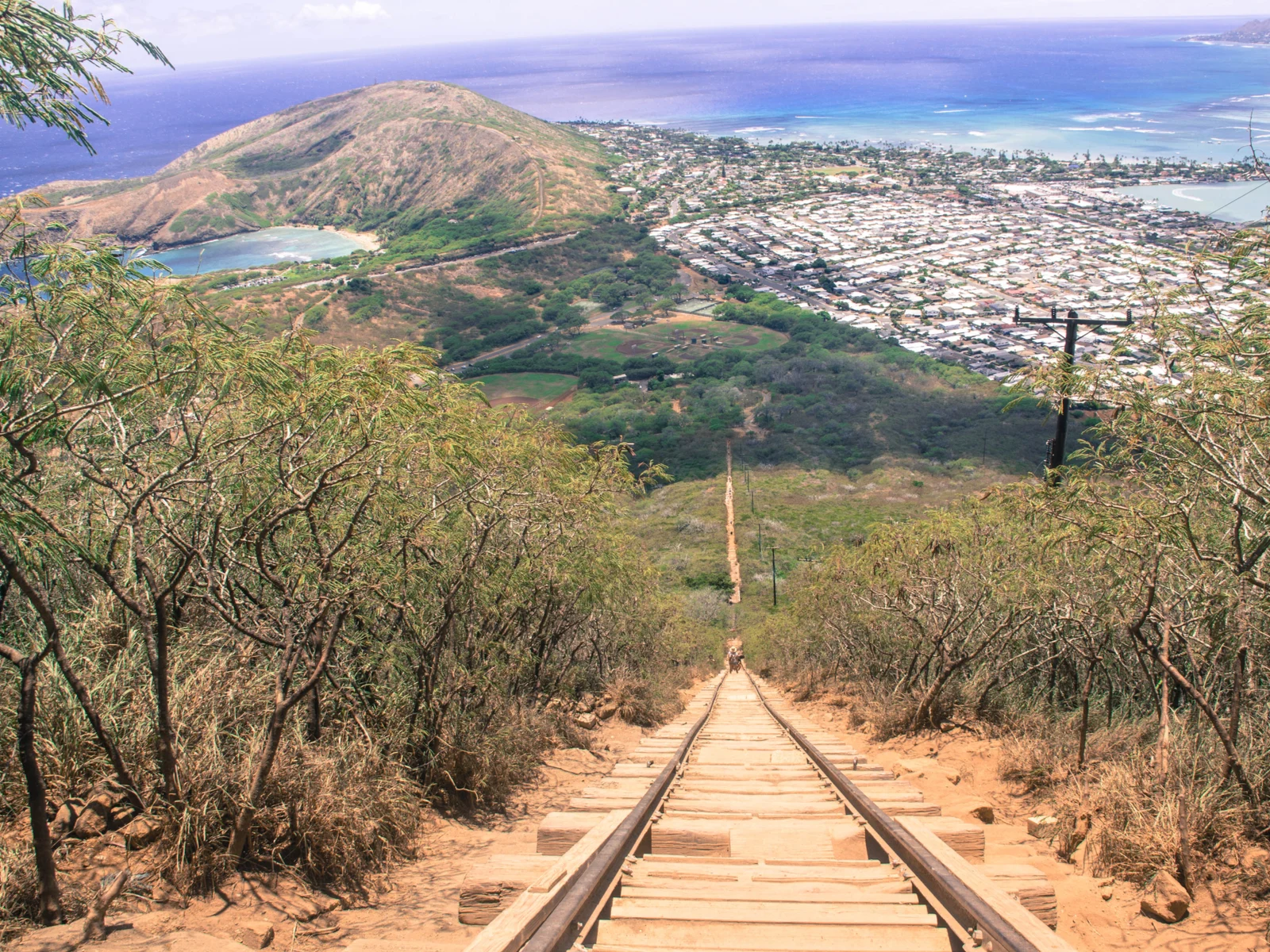
Koko Crater, like Diamond Head, is a crater that the Koʻolau Volcano formed. During World War II, the US military built bunkers on top of the crater and a railroad system to access them.
The Koko Crater trail uses the defunct railway as its path. While the hike can be difficult for less experienced hikers, the view of Hanauma Bay makes the trek worthwhile.
4. Mānoa Falls (Oʻahu)
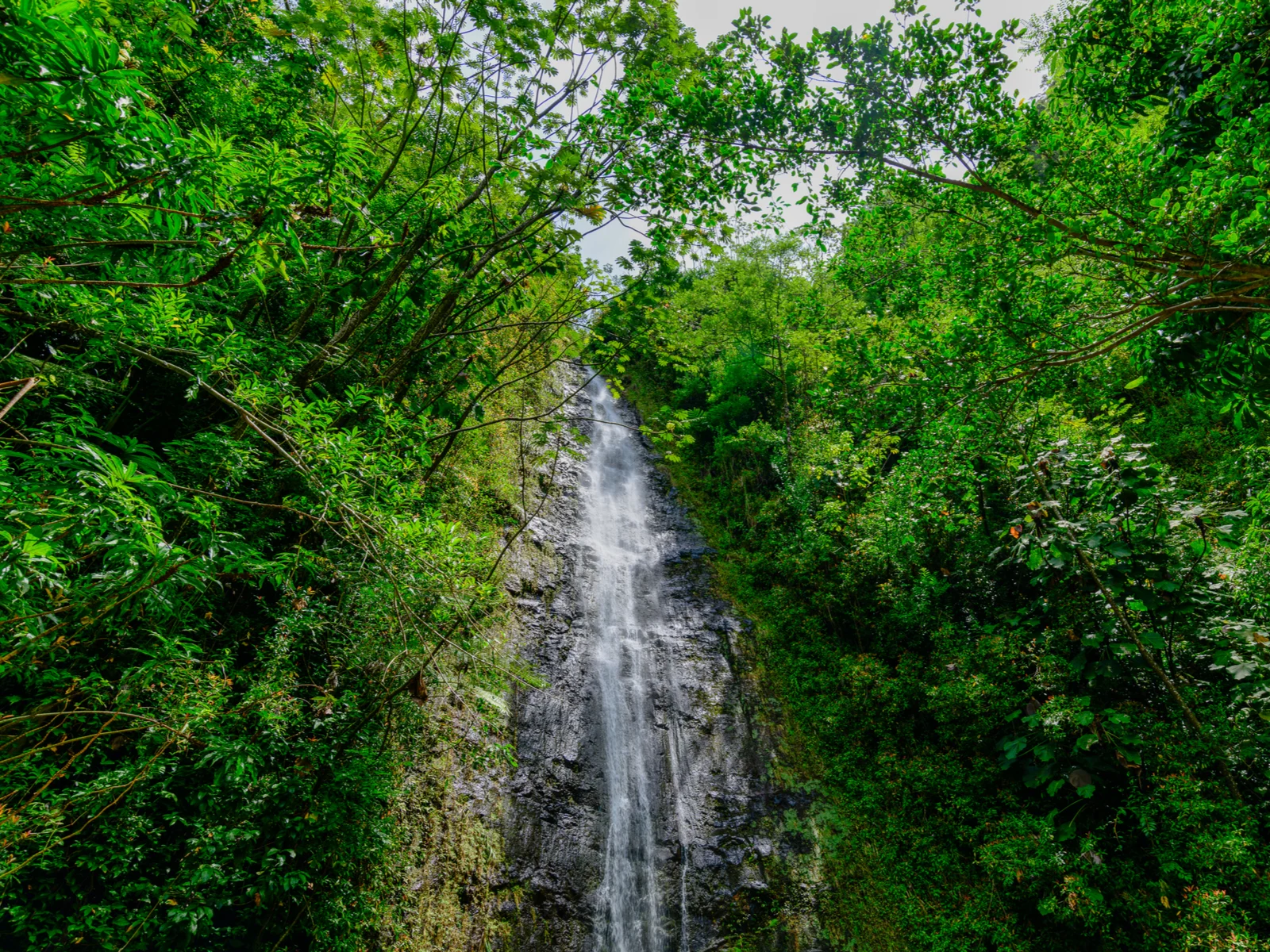
Mānoa Falls trail is famous due to its use in Hollywood films. You might recognize the scenery from “Jurassic Park” and “The Hunger Games: Catching Fire.” The hike is easy, and the trail is open from sunrise to sunset.
However, you shouldn’t start your journey in the late afternoon for safety reasons. While the hike is a “must-do” if you’re on Oahu, you should be aware of a couple of things.
The pools at the bottom of the falls are known to have Leptospirosis and therefore are unsuitable for swimming. Additionally, there is a history of hikers fatally falling from the top of the falls. Please be extra cautious at the top of the falls.
5. Kōkeʻe State Park (Kauaʻi)
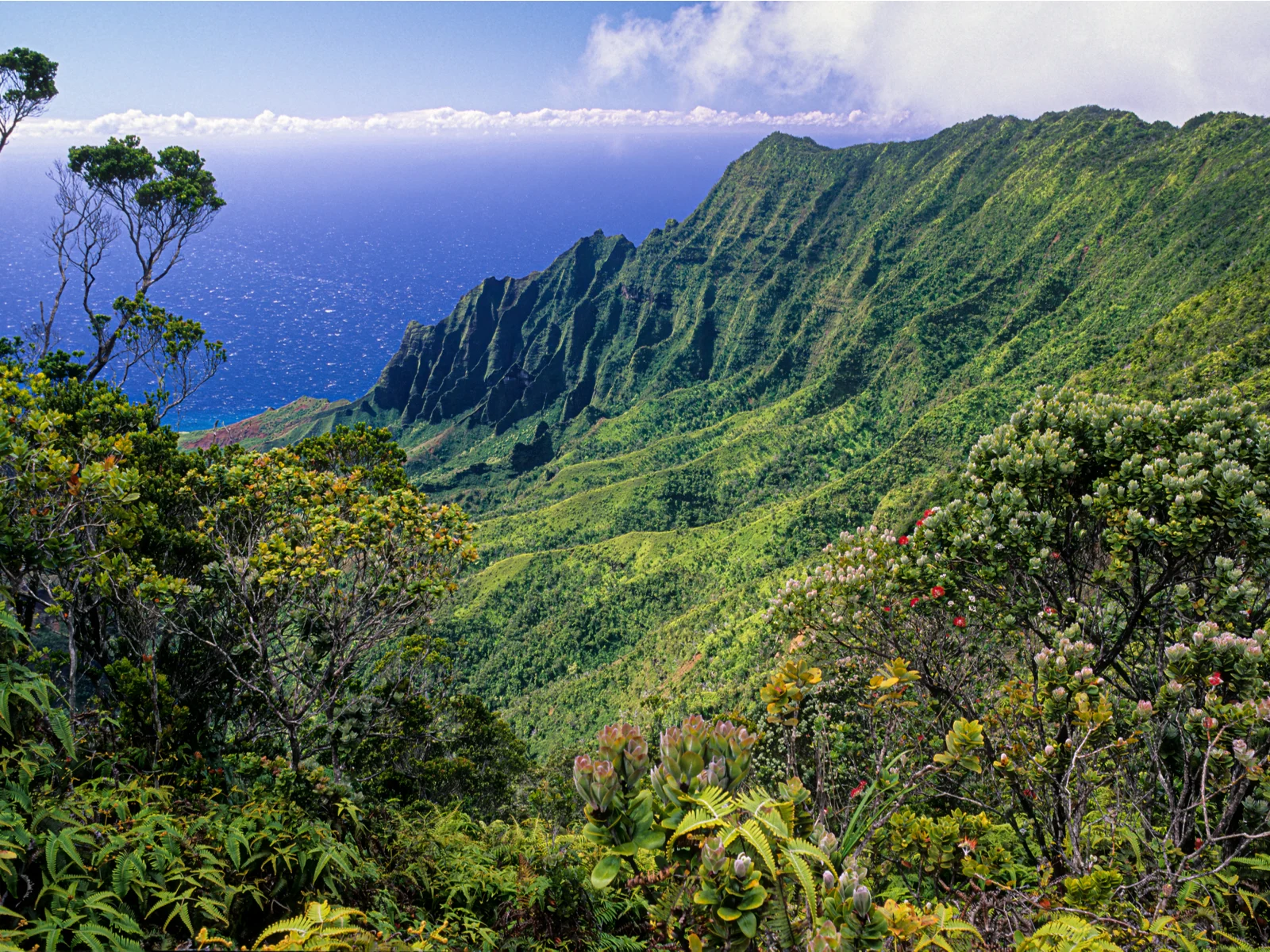
There are seven trails at Kōkeʻe State Park, but we’ll focus on the Awa’awapuhi Trail for simplicity’s sake. This trail starts near mile marker 17 and goes on for just over three miles, where it stops at the top of the ridge.
Once you reach the ridge, which is at 2,500 ft elevation, you’ll enjoy breathtaking views of the Awaʻawapuhi and Nualolo Valleys. It’s the most difficult trail at the park, but your view of the Na Pali Coast will make the trek worth it.
6. Kalalau Trail (Kauaʻi)
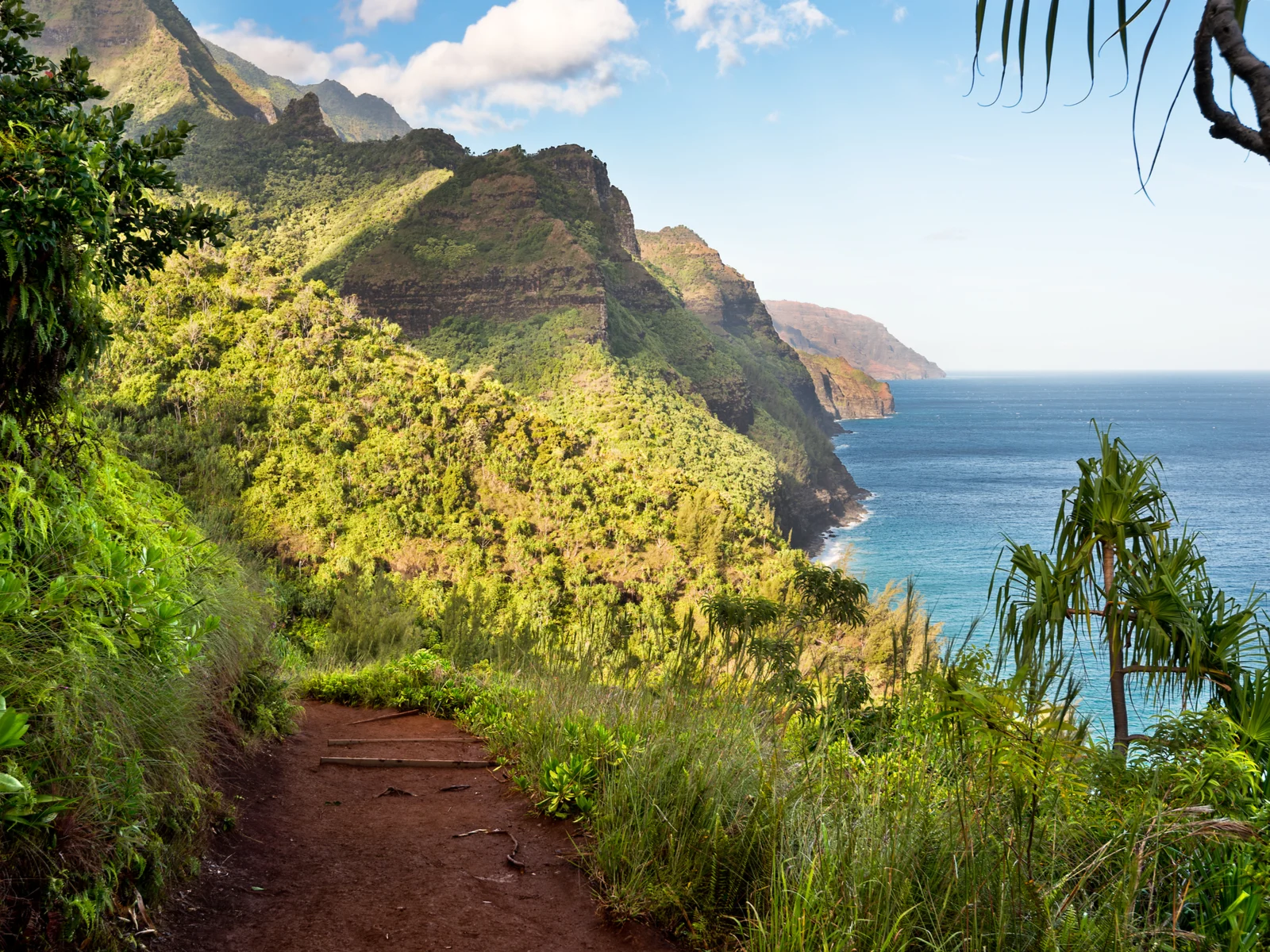
The Kalalau Trail was initially built at the end of the 1800s and was the access point to get to the Napali Coast by land. Historically, there used to be a foot trail connecting villages in old Hawaii along the coastline.
Although this hike isn’t for the faint of heart, your hard work is worth the reward—an unbelievable view of the Na Pali coast, with its rigid cliffs and beautiful beaches, including Keʻe and Hanakapiʻai.
The hiking trail is graded and you should expect the trip to take all day. A permit is required to access the trail and only paid parking is available unless you’re local.
7. Puupehe (Lānaʻi)
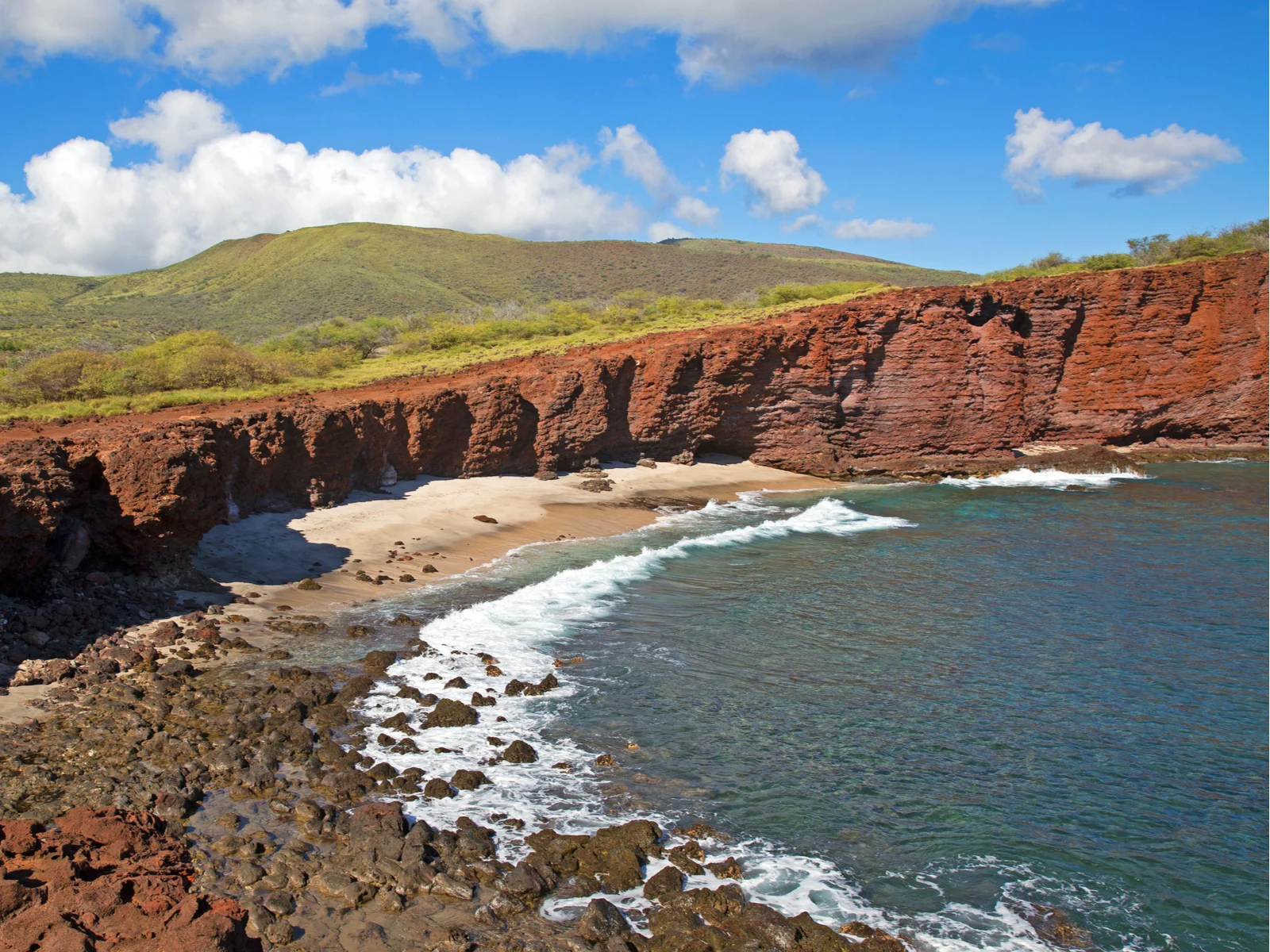
Puupehe is a well-known landmark that rises 80 feet from the water at the coastline between the Manele and Hulopoe Bays.
You’ll start at the Manele Bay at the Four Seasons Resort Lanai and hike the path for roughly 20 minutes until you find yourself facing this poignant and romantic marker of one of Lanai’s most beautiful and tragic love stories.
8. Koloiki Ridge (Lānaʻi)
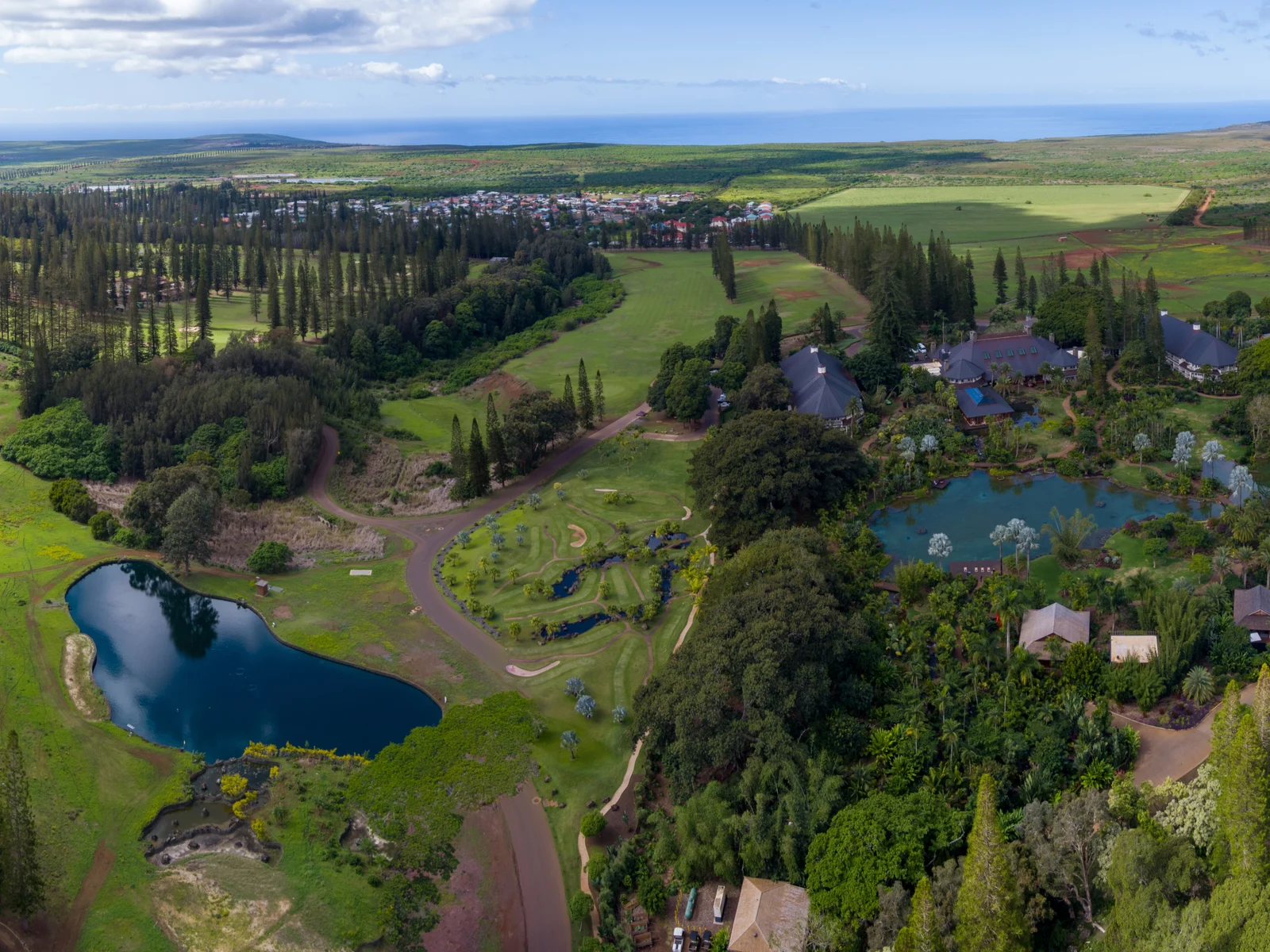
This enjoyable trail starts at Sensei Lanai, a Four Seasons Resort. The route takes you along a forested path that leads up to a ridge with fabulous ocean views.
Unlike many other trails on this list, you are welcome to bring your dog along with you with the caveat that it is on a lead or leash.
9. Waihee Ridge Trail (Maui)
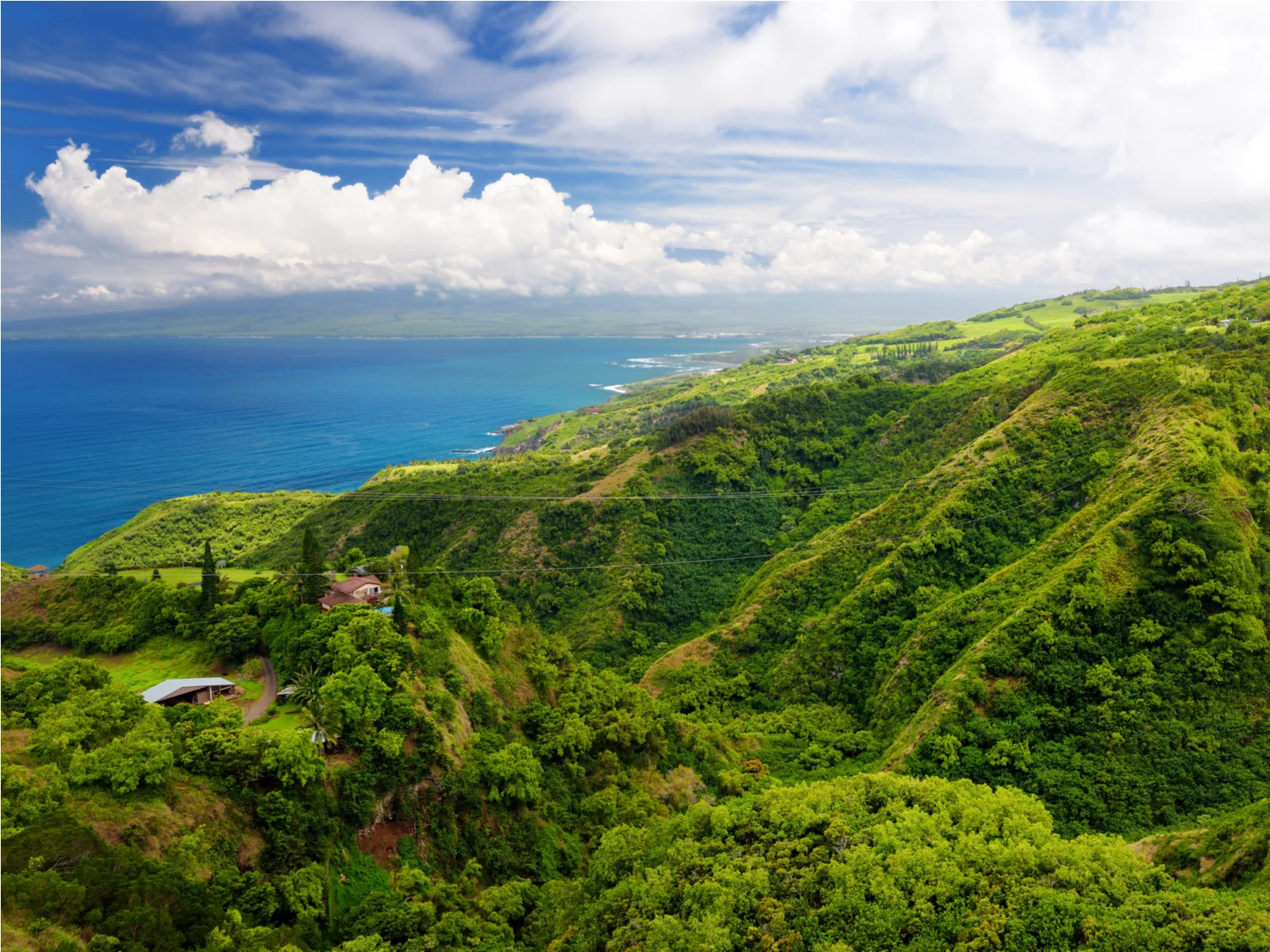
Waihee Ridge Trail is one of Maui’s most popular hikes. Its verdant views of Maui’s northern coast are stunning. Walk through a guava thicket and native forestry as you enjoy the panoramic scenes of Central Maui, including Wailuku.
The climb up is roughly two and a half miles, and even young ones can join you on the trek as it isn’t too arduous. Unlike other hikes where comfortable shoes can be enough, you’ll want to wear hiking boots to protect your feet from tree roots and mud.
10. Sliding Sands Trail Haleakalā (Maui)
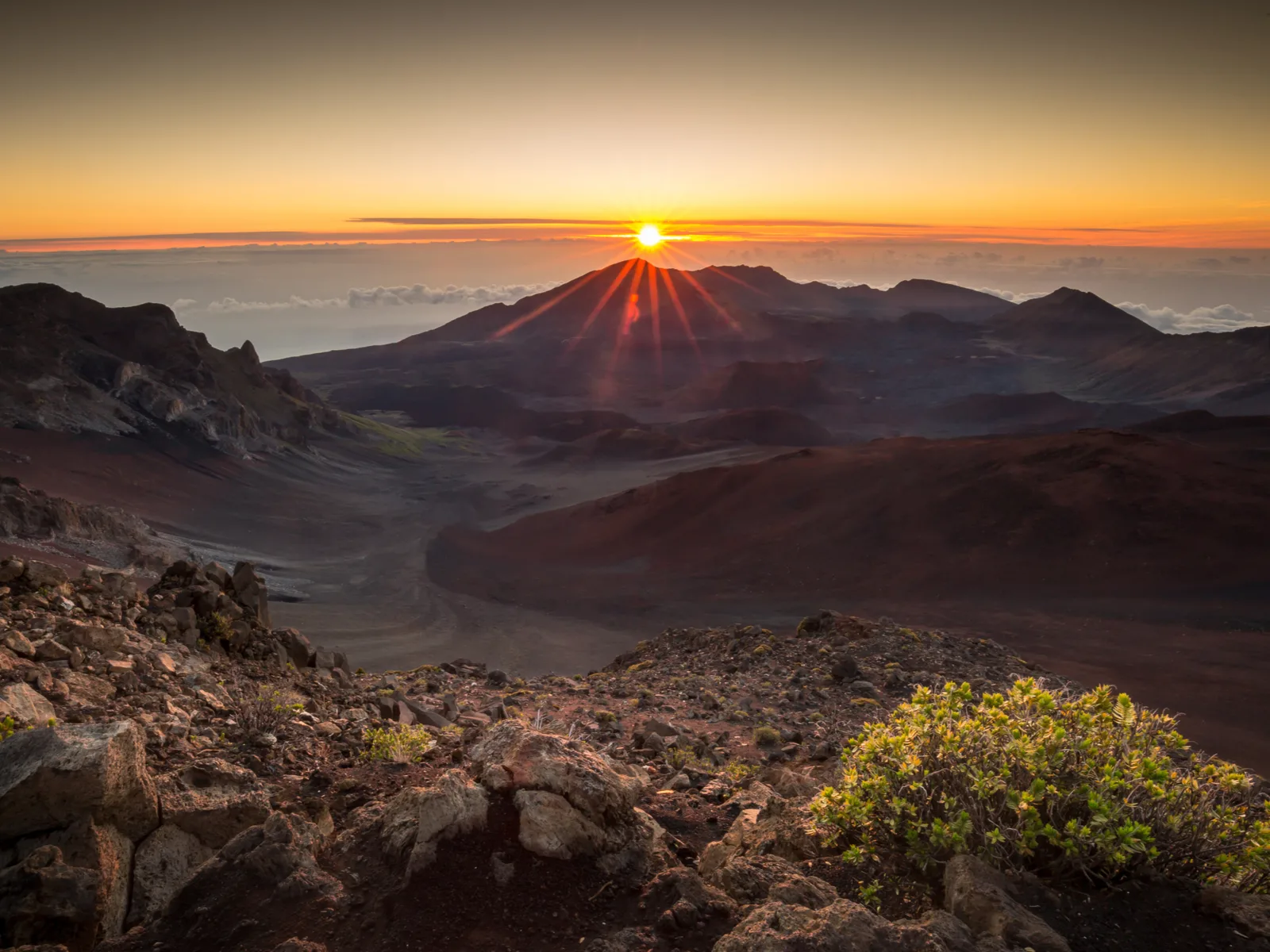
Sliding Sand Trails is in Haleakalā National Park. Haleakalā, or House of the Sun, is a dormant volcano located on the island of Maui. The park is famous for its sunrise and sunset watches—after all, the summit has an elevation of over 10,000 feet!
The hike at Sliding Sands is unlike any other, with its otherworldly landscape. It can seem as though you’re exploring an alien planet due to how sparse the vegetation is.
Haleakalā is remote, and all services and stores are at least half an hour away by car, so plan your trip accordingly. This hike is not appropriate for children or those who feel unwell.
11. ‘Iao Valley State Park (Maui)
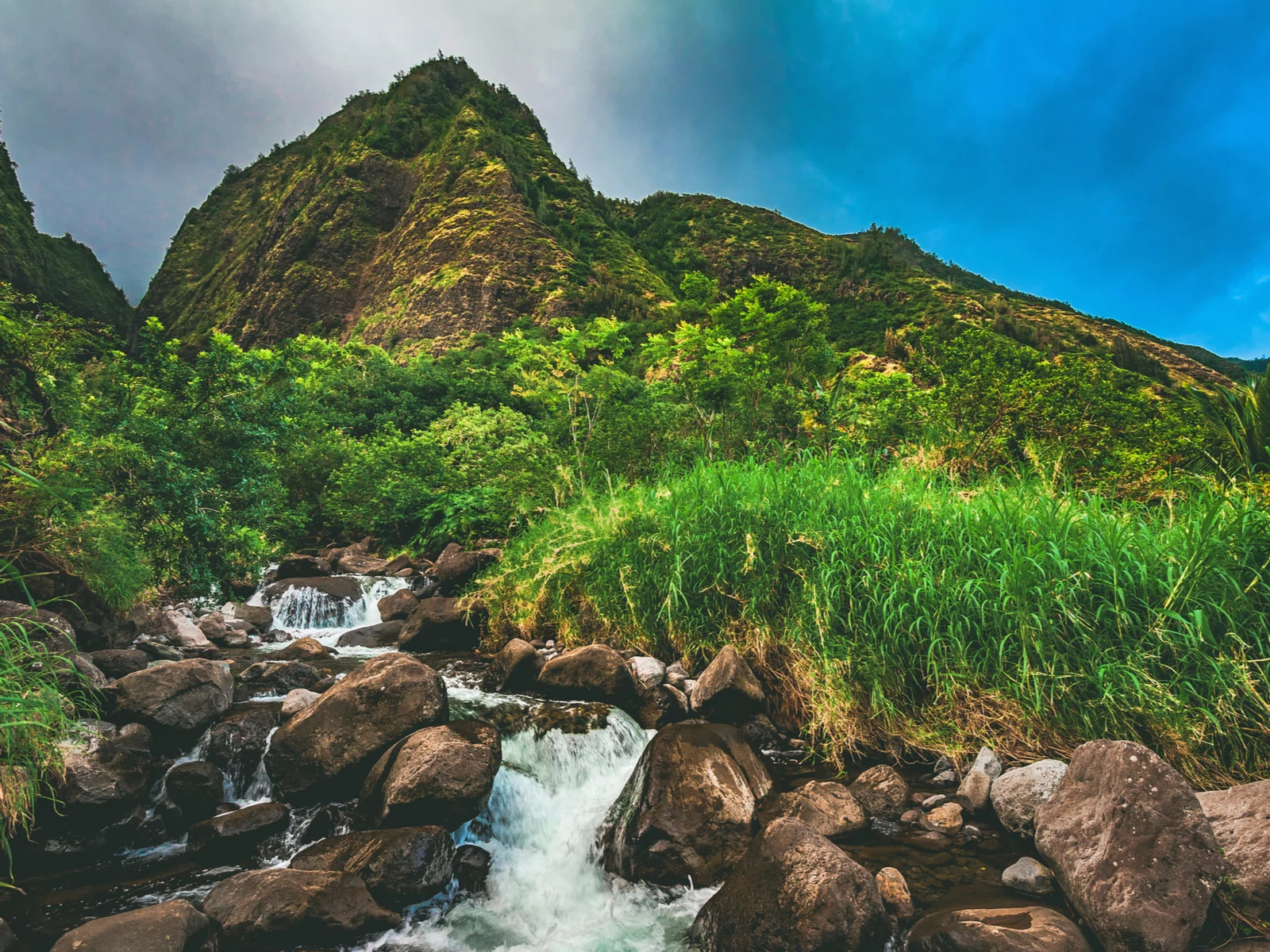
Despite its bloody past, ‘Iao Valley is tranquil and packed with lush scenery. The sound of rushing rivers and waterfalls will soothe your soul as you hike on the paved path, which leads to the top of a lookout point with excellent views of ‘Iao Needle.
This hike is perfect for families, even ones with younger children as compact strollers can be used on the pathways. (Be aware, if you plan to bring a stroller, there are no ramps to access the needle’s overlook.)
12. Wailea Oceanfront Boardwalk (Maui)
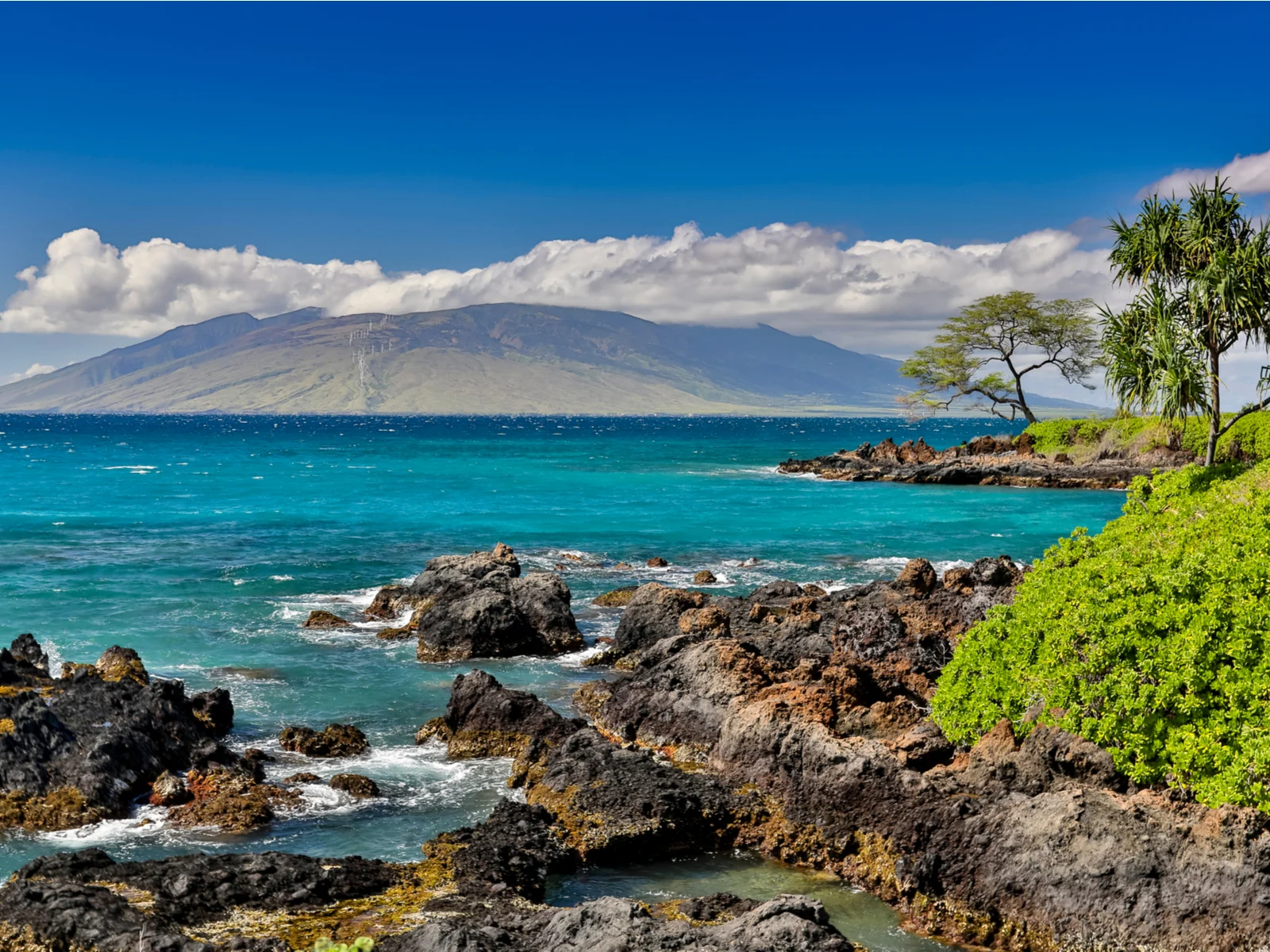
The Wailea Oceanfront Boardwalk is an easy, free trail that guests of all ages can enjoy. Whereas you should opt to get an early start with other hikes, walking the Wailea Oceanfront Boardwalk is ideal in the evening toward sunset.
You’ll enjoy a salty evening breeze as the sky turns cotton candy pink, and if you’re fortunate, you might see whales splashing in the distance!
13. Kalaupapa Peninsula Trail (Molokaʻi)
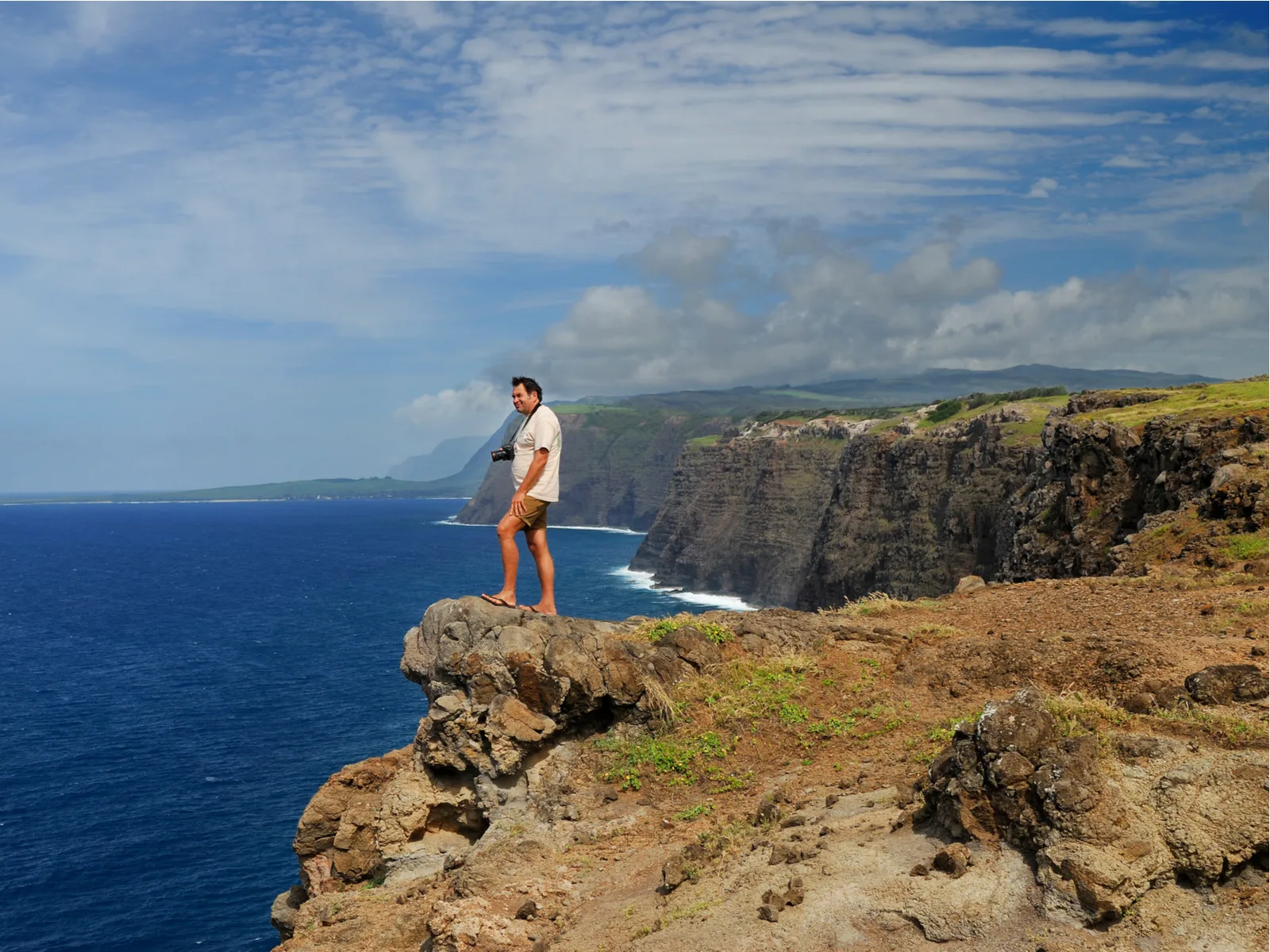
A visit to Molokai is like going back in time. Largely untouched by development compared to Maui, another island in the same county. Hiking on this island will give you a fresh appreciation for old Hawaii.
Kalaupapa Peninsula is a place steeped in significant US history—the Kalaupapa National Historical Park. The park was used as a quarantine zone to reduce the spread of leprosy until 1969.
You need a special permit to hike with a professional guide who will take you to points of interest and teach you about the island’s history.
Permits to visit Kalaupapa National Historical Park must be arranged through Kekaula Tours (808-567-6088) or Saint Damien & Marianne Cope Molokai Tours LLC (808-895-1673). Photographs are not allowed without prior consent due to the sensitive history of the area.
14. Kīlauea Iki Trail at the Hawaii Volcanoes National Park (Big Island)
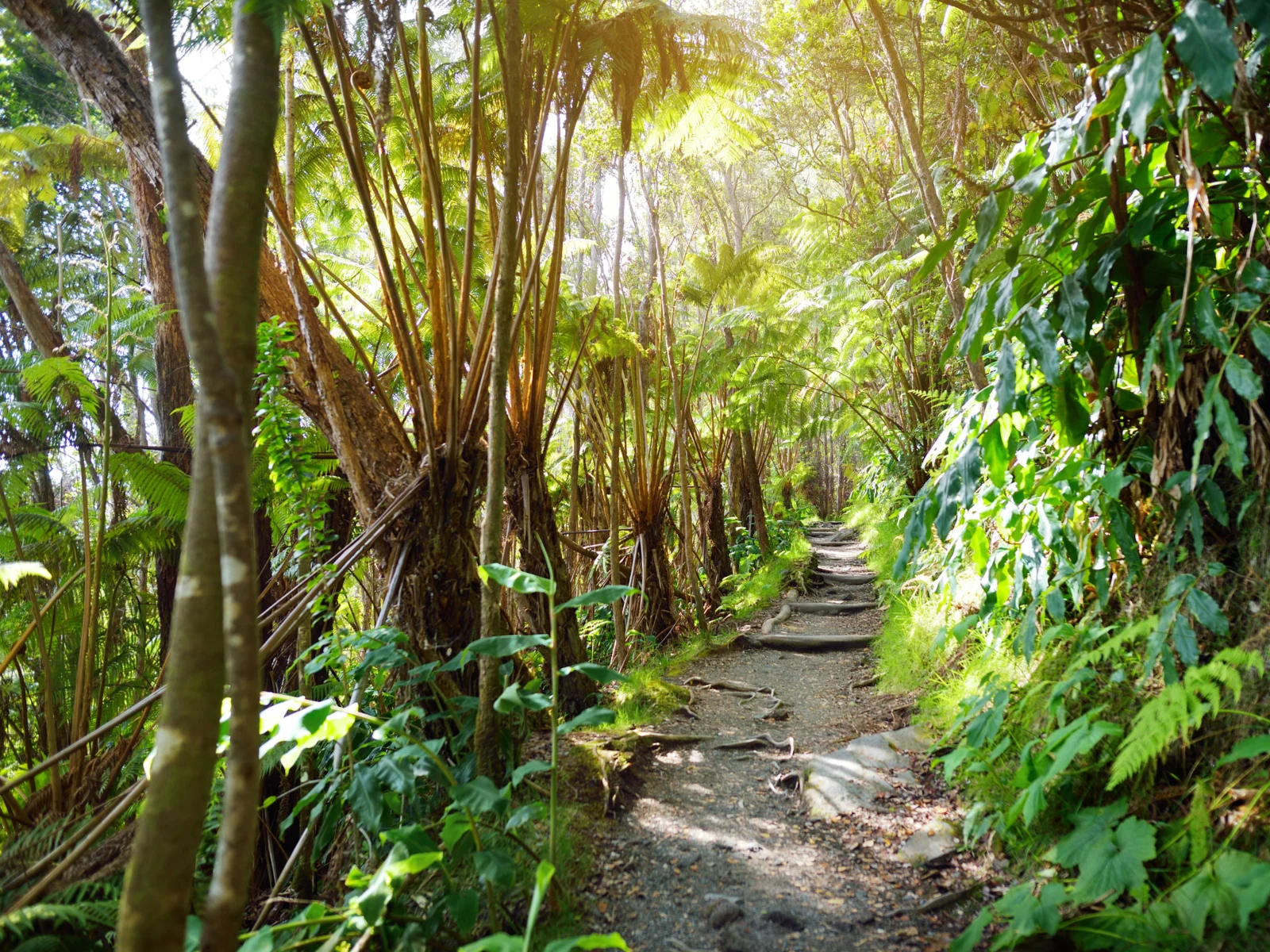
As you probably guessed, the Kīlauea Iki Trail is found on Kīlauea, the youngest and most active volcano on the Big Island. The Iki Trail has crater flooring—you’ll even walk across a lava lake that was filled back in 1959.
The lava lake is a fantastic chance for hikers to watch molten rock cool and solidify. Kīlauea is a major bucket list item for visitors to the island who want to see a live volcano.
Native Hawaiians believe that Kīlauea is home to Pele, the volcanic deity. She is considered family and revered as an ʻaumakua (akin to a guardian).
15. ʻAkaka Falls Loop Trail (Big Island)
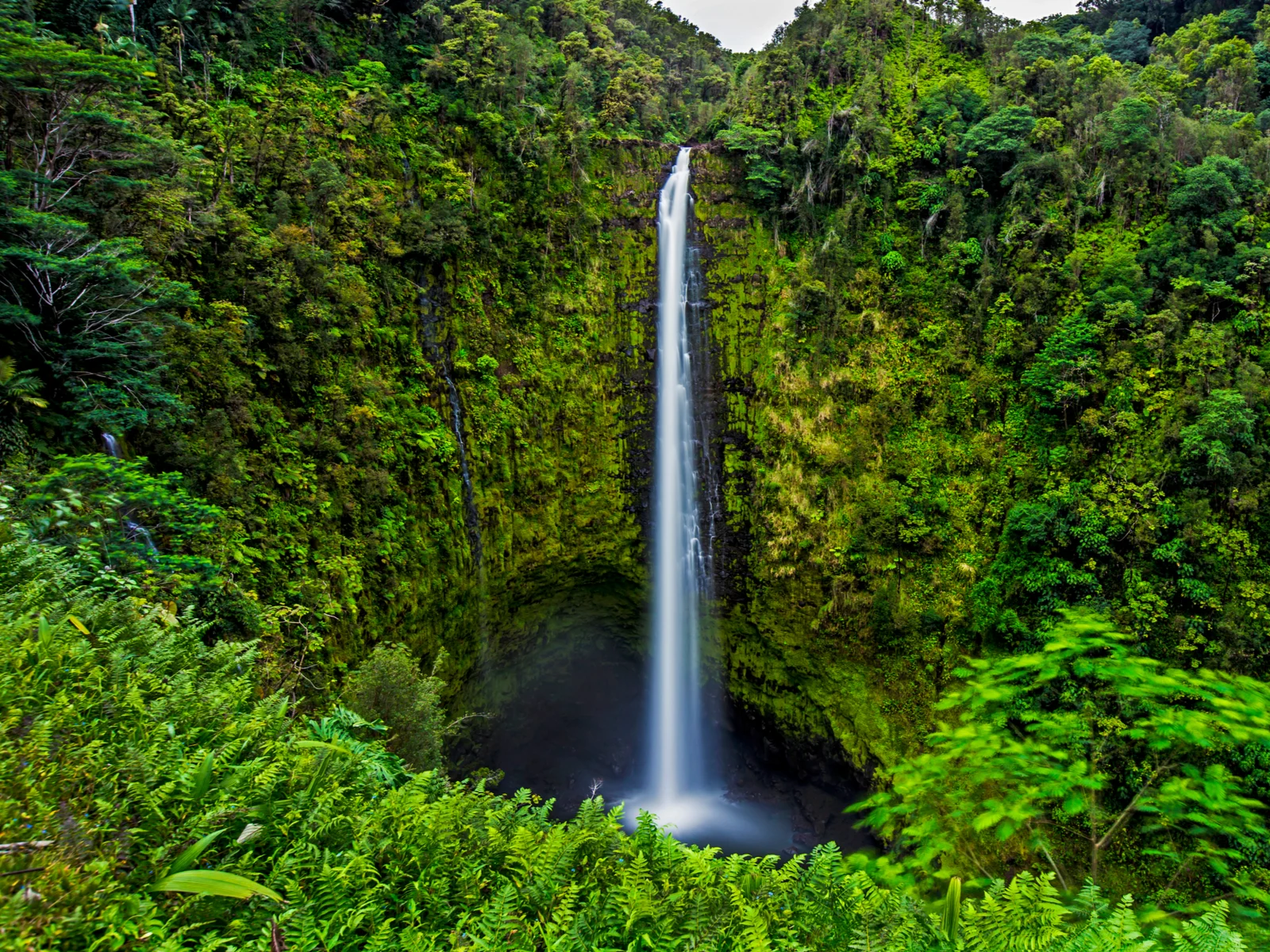
Elevation Gain: 100 ft | Difficulty: Easy | Distance:1 mile (roundtrip) | Cost: Fee to enter the park and paid parking
ʻAkaka Falls Loop Trail is part of the ʻAkaka Falls State Park. The loop trail is easy to hike and there are amenities available on-site including restrooms and trash cans.
However, the trail requires hikers to walk up stairs and therefore may not be accessible to everyone. This hike only takes about 30 minutes and offers splendid views of Kahuna Falls and ‘Akaka Falls.
Things to Consider
While hiking is fun and an incredible stress reliever, safety should always be your number one priority. Even if you’re an experienced hiker, it’s always best to prepare for the worst.
- Never hike alone, and always let someone know where you’ll be.
- Under no circumstances should you trespass on private property. Stay on the trail and pay attention to all warning signs.
- Come prepared by having an appropriate amount of food and water with you.
- Wear comfortable but sturdy shoes and a jacket and pack sunscreen and mosquito repellant.
Hiking is the wilderness and you never know exactly what will happen. You want to be prepared for anything and everything whether it be wild animals, accidents on the trail, or becoming lost. Being prepared can help prevent or mitigate the extent of these things.
One final thing to consider is that although Hawaii is a paradise, it still experiences its fair share of crime. Don’t leave any important belongings in your car while hiking—not even in your car’s trunk.

